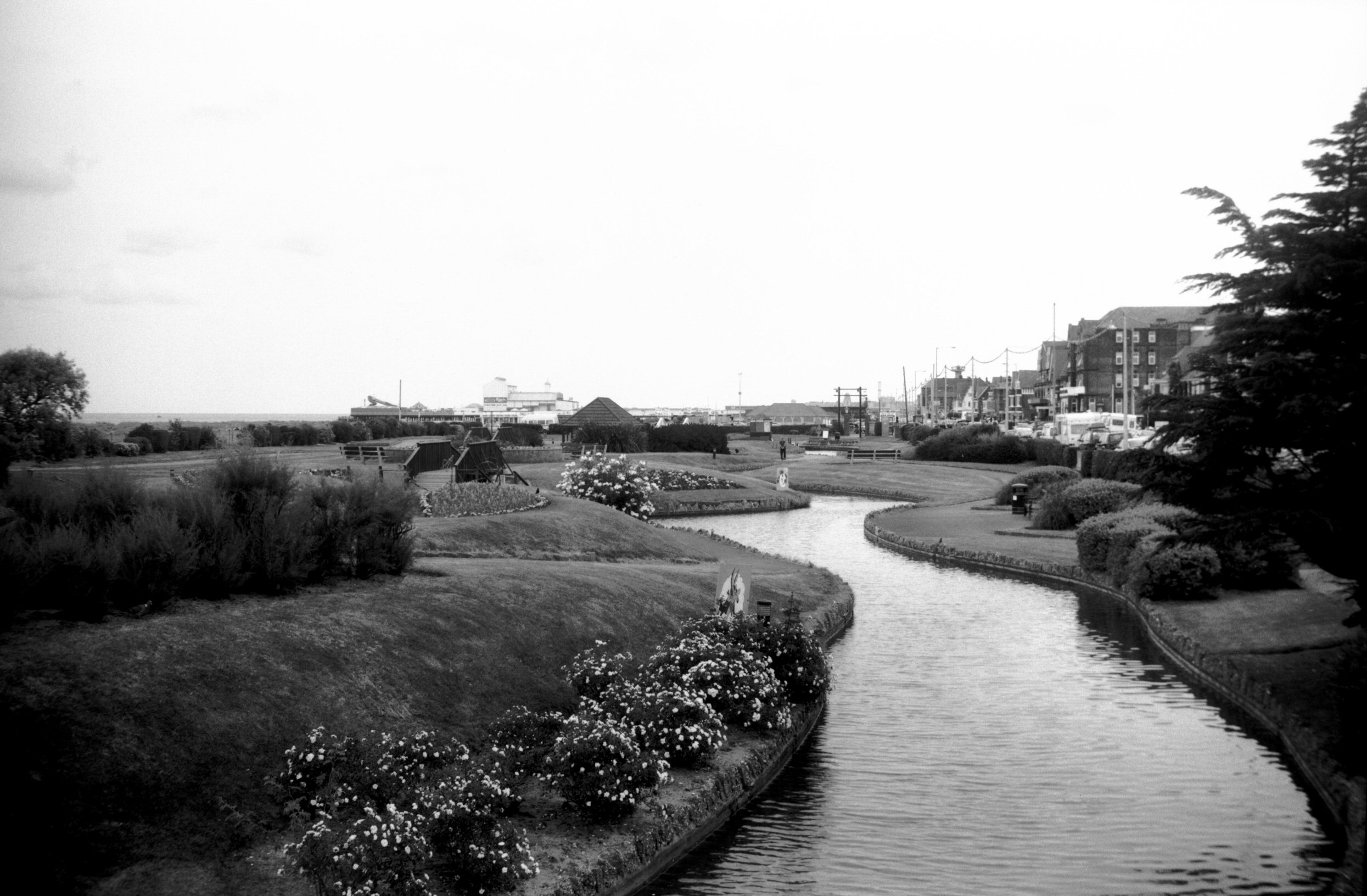Standing by the bank of the River Wensum nearby to Whitefriars Bridge, is the iconic English Industrial Revolution mill building, now known as, 'St James Mill' (completed in 1839). Nowadays, it is an office building. However, in its original form, it was fitted with power looms and together with six buildings in total, formed a mill complex. Today, only the mill building and its engine house survive. We don't tend to associate Norwich with the Industrial Revolution, so what is the story behind this development (the only survivor from several other mills of a similar date, incidentally).
Facing competition from the resource rich (in terms of coal and water) North, between 1825-1837 the Norwich weavers faced a protracted recession. It wasn't just about resources and good riverine transport infrastructure (canals etc) that left Norwich at a competitive disadvantage: the city's weaving had long been primarily a domestic endeavour undertaken within households. The construction of large weaving mills in the North, with all of the attendant cost advantages that gave factory owners, also left Norwich struggling to compete. This is a long and complex story and if you want to learn more I can recommend Richard Wilson's excellent chapter, 'The Textile Industry', within the 'Norwich Since 1550' volume (Eds. Rawcliffe & Wilson).
It was in this context that in 1833 Sir Samuel Bignold established the 'Norwich Yarn Company' in an attempt to construct a mill that could provide employment for local weavers and which could compete with the Northern factory production. At the ceremony marking the laying of the building's foundation stone (which, regrettably, I haven't been able to locate), a local wool-sorter called Joseph Spence read the following oration* which he had composed for the occasion:
 |
| Please click on image in order to enlarge |
This address captures something of the optimism and hope that local people were investing in this venture, 'to extend the Norwich [weaving] trade'. The reference to Bishop Blaize is most apt, as he was the patron saint of weavers. However, sadly, those hopes did not translate into the kind of boom in factory produced weaving that folk had hoped for. The Yarn Mill never really thrived and has only survived by being used and adapted for a range of activities over the succeeding years.
Although this failure to compete resulted in very harsh human consequences for local weavers, the one redeeming - and altogether, unintended - consequence of this, is that, being largely 'by-passed' by the forces of the Industrial Revolution, Norwich now has an incredibly rich built heritage of medieval and Early Modern buildings. Make no mistake, had these ventures really taken off, this built-heritage would have been obliterated without any sentiment.
Colin
* I own a facsimile copy of this address, which is the one pictured above











